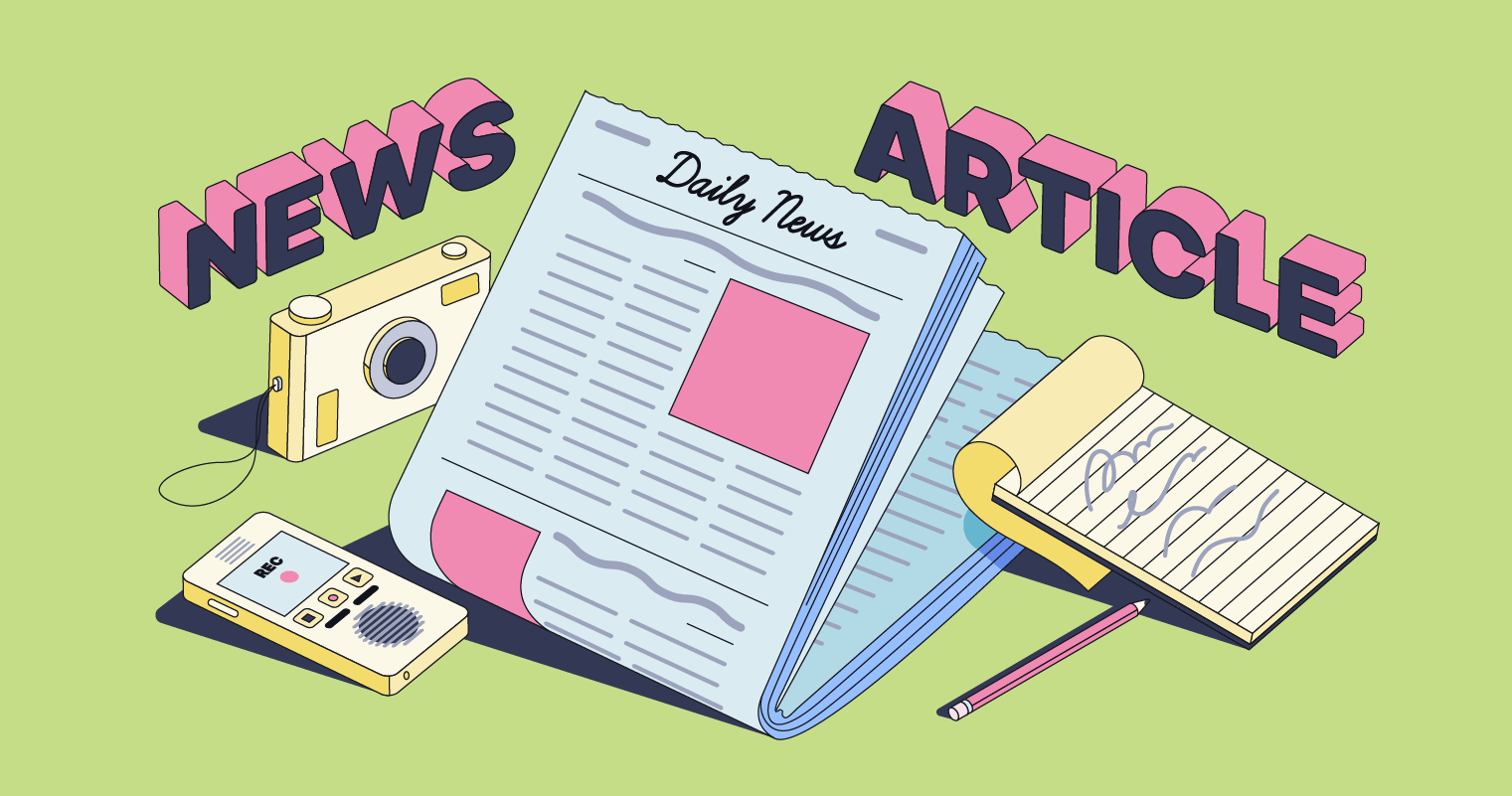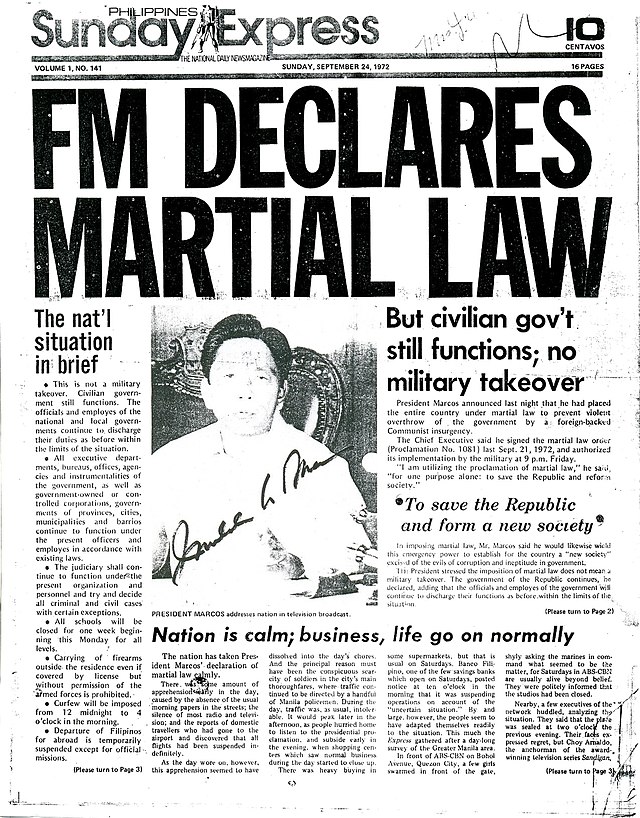News Articles - Truths
News Articles - Truths
Blog Article
News Articles Things To Know Before You Get This
Table of ContentsRumored Buzz on News Articles4 Simple Techniques For News ArticlesThe smart Trick of News Articles That Nobody is Talking AboutNews Articles - The FactsNot known Incorrect Statements About News Articles
Great understanding of various subjects offers trainees a competitive side over their peers. Even though digital and social networks are readily obtainable, we ought to not fail to remember exactly how vital it is to review the newspapers. Moms and dads need to try and instill the routine of checking out a newspaper as a day-to-day regimen to continue the heritage of the adored print tool.Newspaper article also have at least among the complying with vital characteristics about the designated audience: closeness, prestige, timeliness, human passion, oddity, or effect. The related term journalese is sometimes used, normally pejoratively, to refer to news-style writing. Another is headlinese. Newspapers normally follow an expository writing design.
Within these limits, information tales likewise aim to be extensive. Amongst the larger and more respected newspapers, fairness and balance is a significant variable in offering details.
Papers with an international target market, for example, tend to use an extra formal design of composing. News Articles.; usual design overviews include the and the United States News Style Book.
The Basic Principles Of News Articles
Generally, reporters will not utilize a lengthy word when a short one will certainly do. They utilize subject-verb-object building and vivid, active prose (see Grammar). They use anecdotes, instances and metaphors, and they hardly ever rely on generalizations or abstract concepts. Information writers attempt to stay clear of making use of the exact same word greater than once in a paragraph (often called an "echo" or "word mirror").
Headlines in some cases omit the subject (e.g., "Jumps From Watercraft, Catches in Wheel") or verb (e.g., "Cat woman fortunate"). A subhead (additionally subhed, sub-headline, subheading, caption, deck or dek) can be either a subordinate title under the primary headline, or the heading of a subsection of the short article. It is a heading that precedes the main text, or a group of paragraphs of the main message.

Extra signboards of any of these types might appear later on in the short article (particularly on succeeding web pages) to attract additional analysis. Such billboards are likewise made use of as reminders to the post in other areas of the publication or site, or as ads for the item in various other publication or websites. Regular structure with title, lead paragraph (summary in vibrant), various other paragraphs (details) and contact info.

Instance of a hard-lead paragraph NASA is suggesting one more space task. The budget demands roughly $10 billion for the project.
An "off-lead" is the second most vital front web page information of the day. To "hide the lead" is to start the article with history info or information of secondary significance to the readers, forcing them to check out even more deeply into an article than they need to have to in order to discover the crucial points.
News Articles Fundamentals Explained
Usual use is that a person or more sentences each form their own paragraph. Reporters typically describe the company or structure of an information tale as an inverted pyramid. The important and most intriguing elements of a tale are put at the start, with supporting details adhering to in order of diminishing importance.
It enables people to explore a subject to just the deepness that their curiosity takes them, and without the charge of information or nuances that they could consider pointless, however still making that details offered to extra interested viewers. The upside down pyramid structure additionally makes it possible for write-ups to be trimmed to any arbitrary size throughout layout, to suit the area offered.
Some writers start their tales with the "1-2-3 lead", yet there are lots of kinds of lead available. A kicker can refer to numerous things: The last tale in the news broadcast; a "delighted" story to end additional reading the show.
Longer posts, such as publication cover write-ups and the pieces that lead the inside sections of a newspaper, are understood as. Feature tales vary from straight information in numerous ways. Foremost is the absence of a straight-news lead, most of the time. As opposed to using the significance of a story up front, function authors might try to tempt visitors in.
Not known Factual Statements About News Articles
The reporter frequently details interactions with interview subjects, making the item a lot more personal. A function's first paragraphs commonly relate an interesting minute or occasion, as in an "anecdotal lead". From the details of a person or episode, its sight quickly broadens to abstract principles concerning the tale's topic. The section that signifies what a function is around is called the or signboard.

The Editor's Toolbox: A Referral Guide for Beginners and Professionals (2001) Allan M. Siegal and William G. Connolly. The New York Times Manual of Style and Usage: The Official Style Guide Made Use Of by the Writers and Editors of the World's The majority of Reliable Paper (2002) M. L. Stein, Susan Paterno, and R.
Report this page